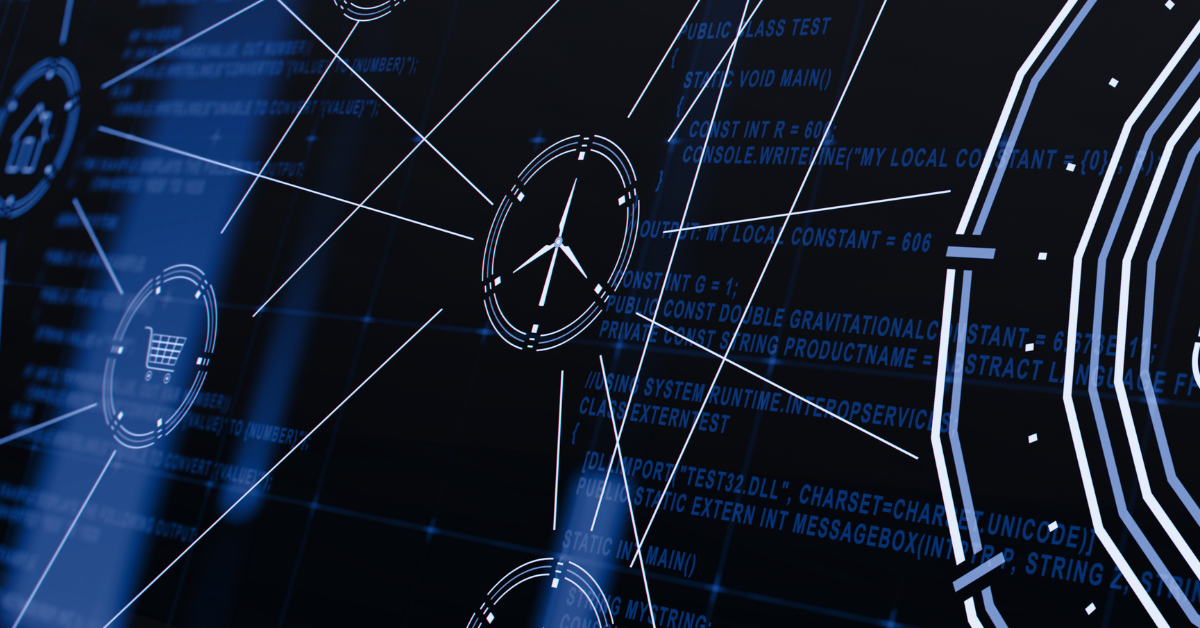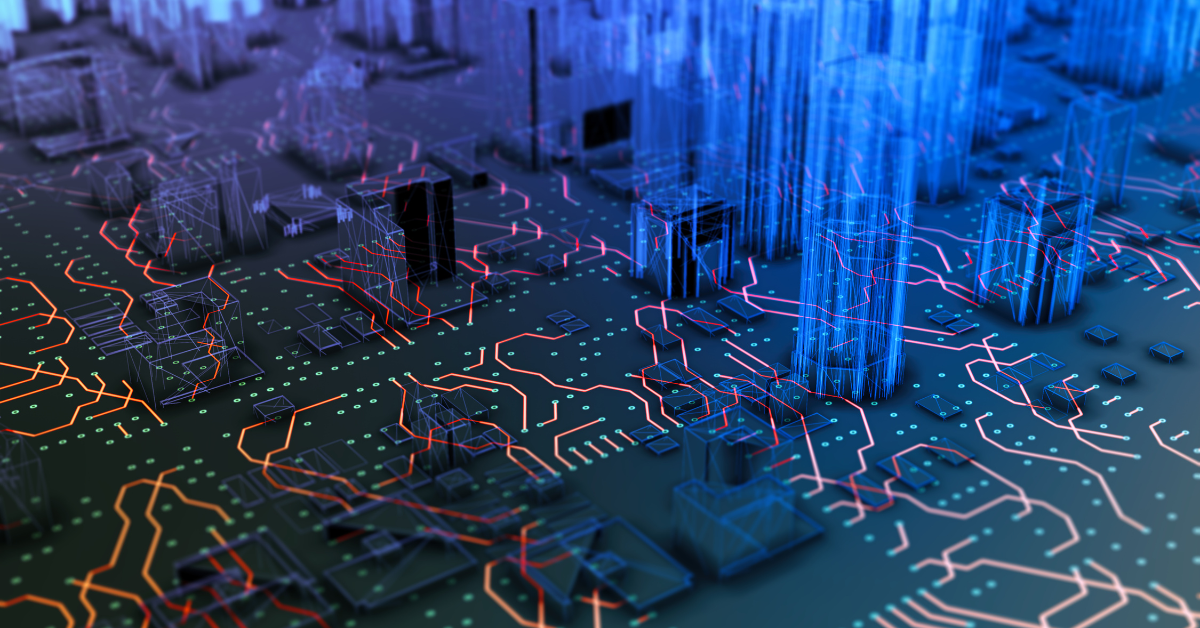Protecting your data has never been more crucial as the frequency and intensity of severe weather events continue to rise. Part 2 of our series explores questions to ask about a data center’s temperature control methods, disaster response and data backup solutions, and how Cologix can assist in these areas.
Q) How Does a Data Center Maintain Temperature Control During Extreme Weather?
Keeping temperatures consistent involves industry-leading building management systems (BMS). These vital tools use sensor points to monitor and manage a data center’s infrastructure, providing real-time feedback on temperature, humidity, air quality and airflow. They can be custom-designed based on customers’ needs and are a best practice for maintaining temperature control.
- Advanced HVAC (Heating, Ventilation and Air Conditioning)
These systems are the backbone of data center temperature control, designed to handle significant fluctuations in external temperatures. Look for data centers with HVAC capable of maintaining optimal conditions even during severe weather. These systems are often configured in redundant setups to provide backup in case of primary system failures. - Environmental Monitoring
Having the latest DCIM (Data Center Infrastructure Management) systems in place prevents equipment issues and can help achieve maximum energy efficiency.
Data centers use precise environmental monitoring tools that continuously track temperature, humidity and airflow. These tools trigger automated responses to any deviations from optimal conditions, such as activating additional cooling units or adjusting airflow patterns to maintain stability. - Redundant Cooling
Redundancy is crucial for cooling systems in a data center. Ensure that backup cooling systems are in place to take over if the primary system fails. This redundancy ensures continuous operation and protects equipment from overheating. If redundant systems are damaged, having on-site, rolling cooling systems is an additional backup. These temporary air conditioners on wheels can be rolled in and connected to water or air systems for on-demand cooling. - Containment strategies
Using hot and cold aisle containment methods helps optimize cooling efficiency by directing cool air exactly where it’s needed and isolating hot air produced by servers. This targeted approach reduces the energy required for cooling and ensures that equipment operates within safe temperature ranges. This also helps make power usage more cost-effective. - Emergency power supplies
Emergency power supplies, like generators and UPS (Uninterruptible Power Supply) systems, are crucial for maintaining cooling operations during power outages. These backup systems are essential for preventing equipment overheating and ensuring continuous operation regardless of external conditions.
How Cologix Can Help
Cologix employs state-of-the-art HVAC systems designed for extreme conditions. Our facilities feature redundant cooling systems, rolling cooling units and advanced environmental monitoring to ensure your data remains safe even in the harshest weather. We continually invest significant capital to ensure we use advanced DCIM systems across our data center footprint.
- Containment and backup
Cologix’s standard design includes cold- and hot-aisle environments to maximize power optimization. To ensure backup is available whenever needed, our data centers are equipped with multiple backup generators and UPS systems to guarantee an uninterrupted power supply. - Critical spares supply
Cologix also supports customers with our ample supply of critical spare parts and equipment, which we keep onsite. These include replacement parts for generators, additional batteries, control boards and breakers for UPS systems as well as UPS crash kits, which can replace a UPS’s entire motherboard if it becomes damaged. - Real-world testing, regular replacement
Cologix’s data center staff members regularly test our equipment under actual weather conditions, during all seasons, across the continent, wherever and whenever weather is a threat. This ensures that generators can accommodate heavy humidity and high- and low-temperature extremes. Staff members regularly model worst-case scenarios and the optimal way to respond.
Additionally, as UPS systems, generators and their respective components near their end-of-life, Cologix plans and budgets at least a year out to ensure we replace critical equipment long before recommended termination, staying ahead of potential issues before they have a chance to emerge.
Q) What Disaster Recovery Solutions Does the Provider Offer?
Comprehensive disaster recovery solutions include:
- Recovery sites
Check if the provider has secondary data centers in geographically diverse locations for failover capabilities. - Testing
Ensure that the provider regularly tests disaster recovery plans to verify their effectiveness. - Incident response teams
Ask about dedicated incident response teams trained to handle various disaster scenarios.
How Cologix Can Help
Cologix works consistently to improve upon locally focused strategies to strengthen our preparation for natural disasters and severe weather events, and we have detailed response plans in plans related to specific scenarios. The entire staff at each of our data centers is trained in emergency response activation.
These comprehensive response processes were not just drills in our Florida data centers as recently as last month, as Hurricane Milton wreaked havoc across the entire state. Even with Milton’s eye coming within 30 miles of Cologix’s LAK1 data center in Lakeland and multiple tornado outbreaks within 5 miles of the facility, LAK1 never lost power. It lost commercial power for only 8.5 hours (at which point it switched to generators) until commercial power was restored. The data center had no flooding, and all customers had 100% accessibility.
When disasters strike, Cologix also provides secure, reliable business continuity solutions at these select, strategically located data centers.
- JAX2 in Jacksonville, Florida
- LAK1 in Lakeland, Florida
- NNJ4 in Cedar Knolls, New Jersey
- COL2 in Columbus, Ohio
These data centers offer remote space for IT teams in the event of a disaster or other incident, allowing your employees to keep your infrastructure running regardless of the elements or whether your main headquarters is inoperable. Contact Cologix to discuss disaster recovery options at these locations.
Additionally, every Cologix facility has implemented a Business Continuity and Disaster Recovery Plan (BCDR). These plans are tested annually and address key areas of focus: physical security integrity, critical infrastructure uptime and information security protection. BCDR plans and the tests that accompany them are reported in our annual audits for SOC2 and ISO 27001 certification.
With the right systems, staff preparedness, testing, planning and best practices, you can ensure your data stays safe, even in today’s world of unpredictable weather events. To discover more about how Cologix data centers can protect your data and maximize your business’s resilience, contact us today.













